Massive enzymes in marine algae produce neurotoxins responsible for fish deaths during harmful algal blooms
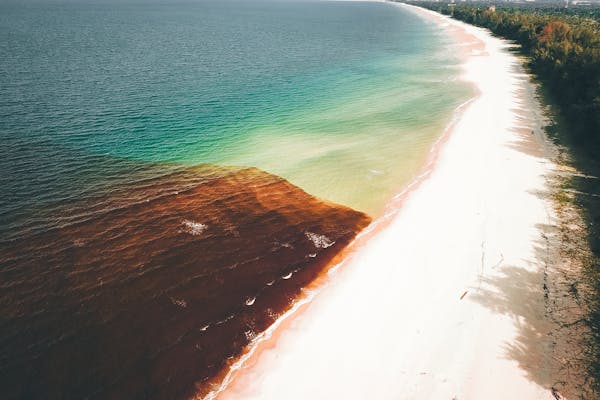
Researchers have discovered that marine algae called Prymnesium parvum use massive enzymes, known as PKZILLAs, to produce complex neurotoxins called prymnesins. These neurotoxins cause mass fish deaths during harmful algal blooms around the world.
“The discovery and initial characterization of the prymnesin PKZILLA gigasynthases now elucidates the long-standing question about how microalgae biosynthesize their giant polyketide polyether molecules,” wrote the authors.
It also expands expectations of genetic and enzymatic size limits in biology. Many marine microbes produce exotic organic molecules with varied biological functions. Some microalgae, like P. parvum, are known for producing some of the largest nonpolymeric carbon chain molecules in nature, including polyketide polyether biotoxins. During harmful algal blooms, neurotoxic prymnesins compounds are notorious for causing environmental damage, including massive environmental fish kills.
However, despite decades of extensive research, how these microalgae produce such large and complex compounds is poorly understood. Using a customized gene annotation strategy, the researchers discovered genes in P. parvum, which they named PKZILLAs (PKZILLA-1 and PKZILLA-2), that are involved in the production of polyketide synthase (PKS) enzymes. Notably, the scientists found that these enzymes were massive, with PKZILLA-1 being one of the largest proteins ever identified at 4.7 megadaltons and containing 140 enzyme domains.
Although slightly smaller, PKZILLA-2 is 3.2 megadaltons with 99 enzyme domains. According to the findings, these massive PKS gigasynthases are responsible for the biosynthesis of the 90-carbon backbone of prymnesin toxins. The authors also characterized a variant, PKZILLA-B1, which produces a shorter version of these toxins.
Now that you've reached the end of the article ...
… please consider supporting GSA’s mission to advance responsible seafood practices through education, advocacy and third-party assurances. The Advocate aims to document the evolution of responsible seafood practices and share the expansive knowledge of our vast network of contributors.
By becoming a Global Seafood Alliance member, you’re ensuring that all of the pre-competitive work we do through member benefits, resources and events can continue. Individual membership costs just $50 a year.
Not a GSA member? Join us.
Author
Tagged With
Related Posts
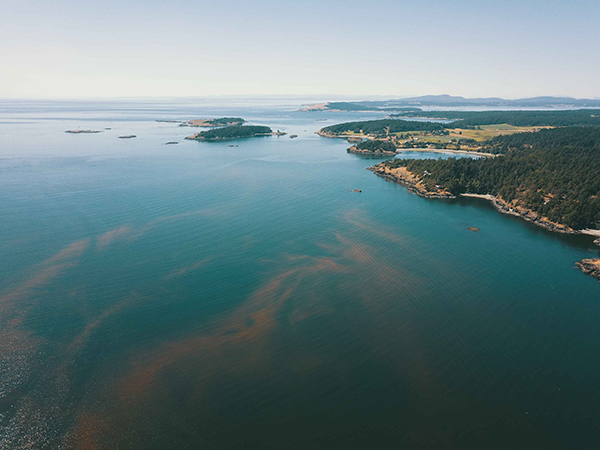
Intelligence
Can technology protect salmon farms from harmful algal blooms?
Salmon farms are vulnerable to the impacts of harmful algal blooms. Scotland's aquaculture industry is embracing technology as a solution.
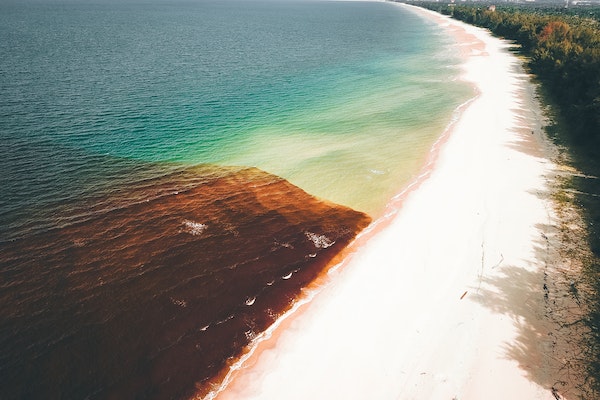
Intelligence
FAO issues ‘roadmap’ for early harmful algal bloom warning systems
Document provides guidance to implement or improve early warning systems for harmful algal blooms that threaten seafood and public health.
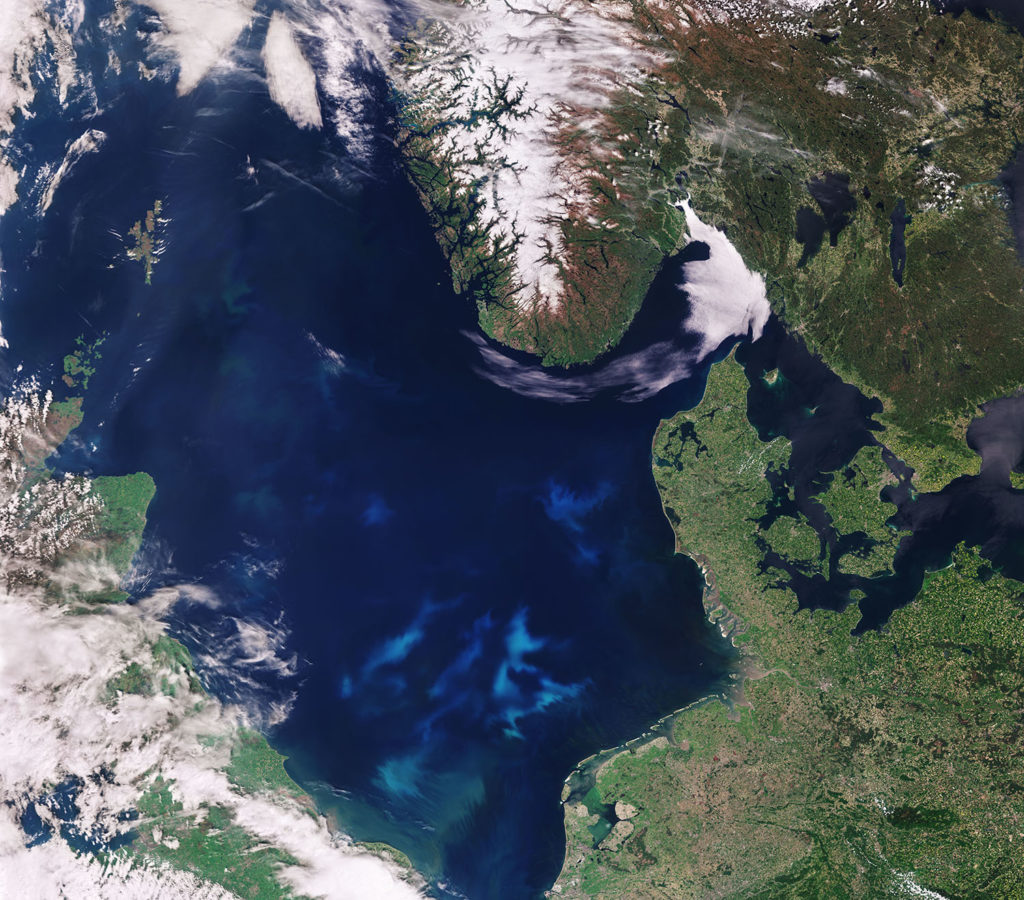
Innovation & Investment
Killers at sea: Harmful algal blooms and their impact on aquaculture
The causes and effects of harmful algal blooms have only been studied recently, as damage to the global aquaculture industry mounts.
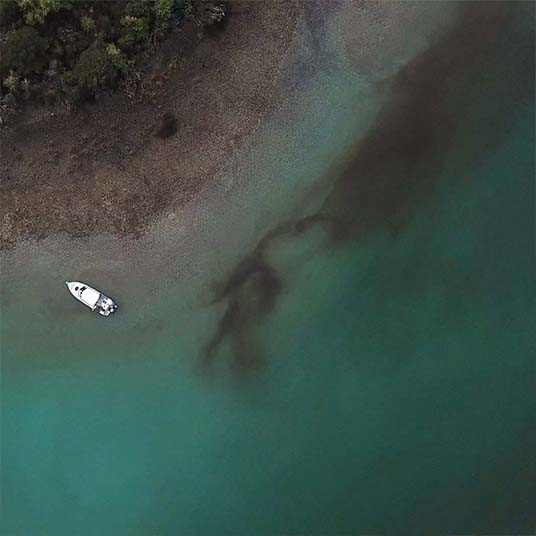
Intelligence
Harmful algal blooms could threaten New Zealand’s shellfish aquaculture productivity
A new study suggests that harmful algal blooms could threaten shellfish health and the growth of New Zealand's aquaculture industry.



